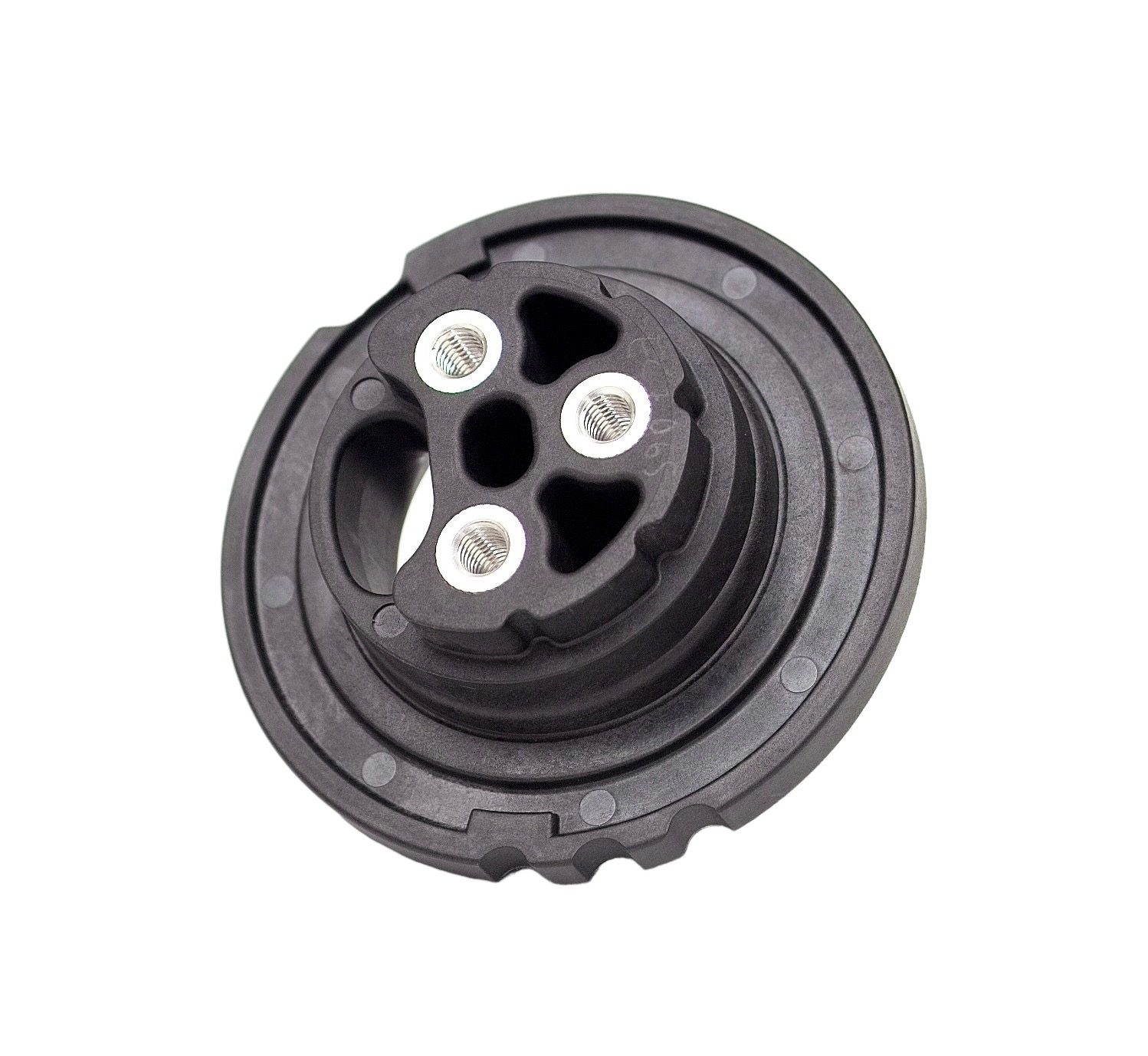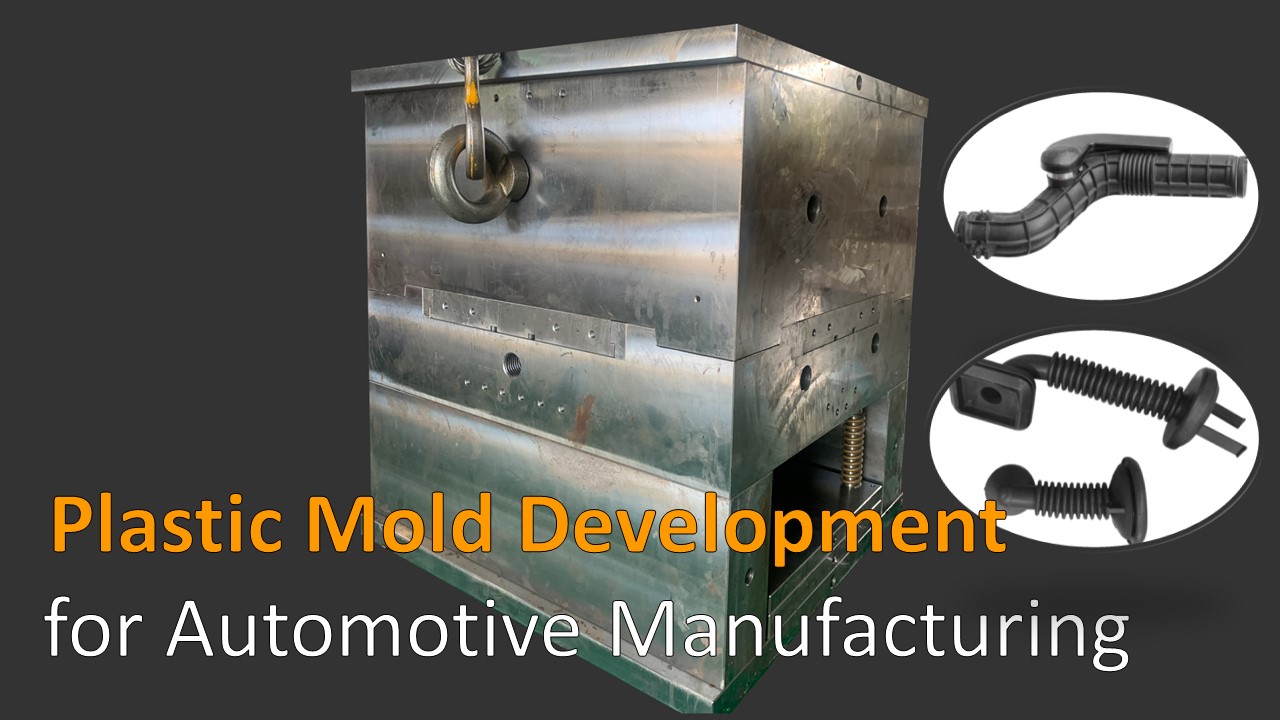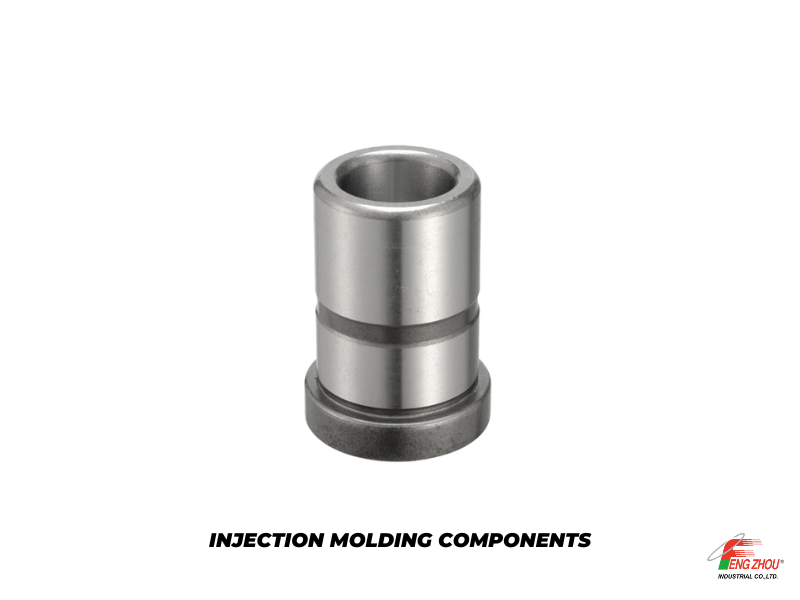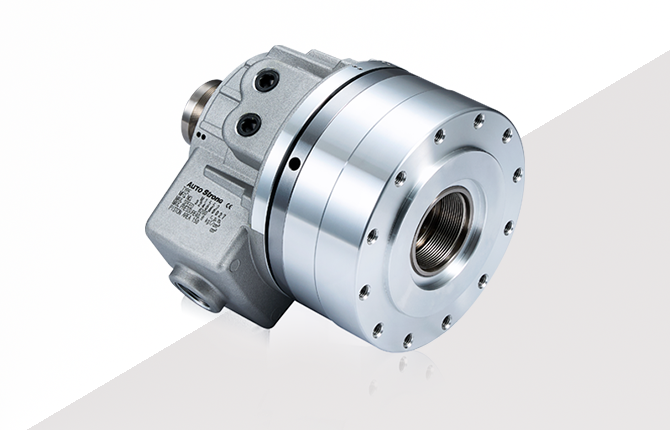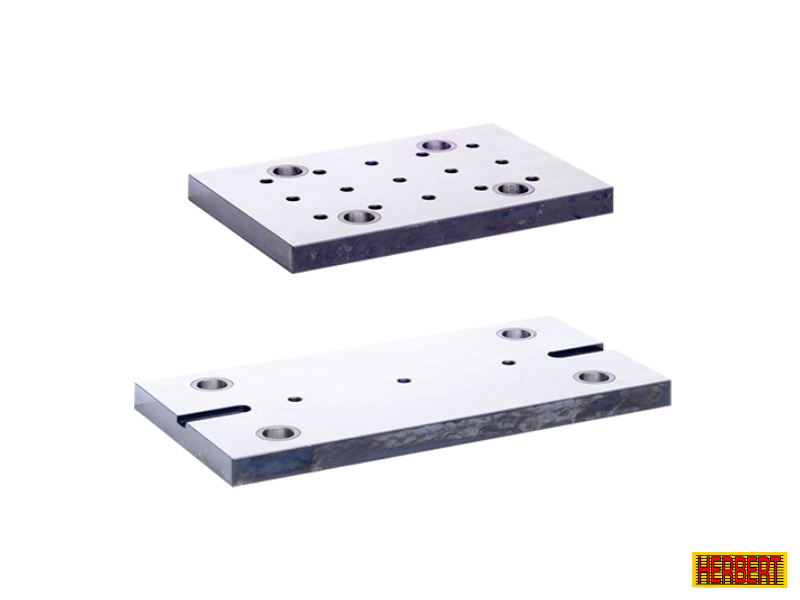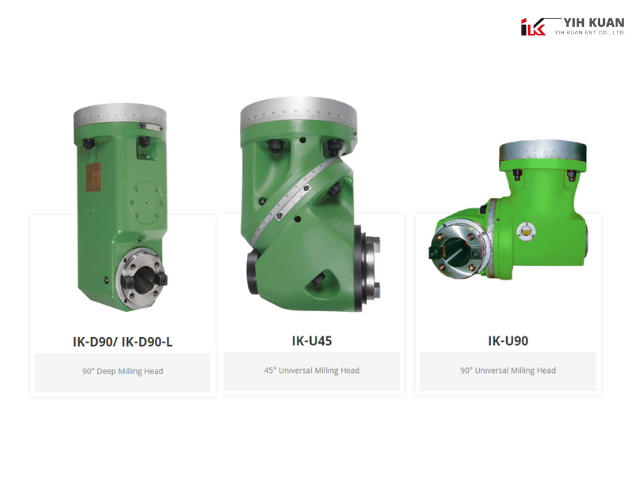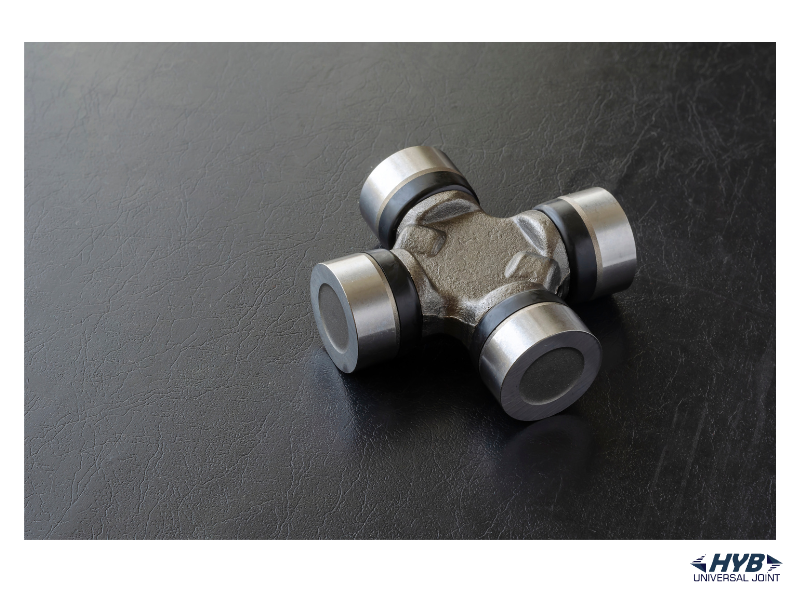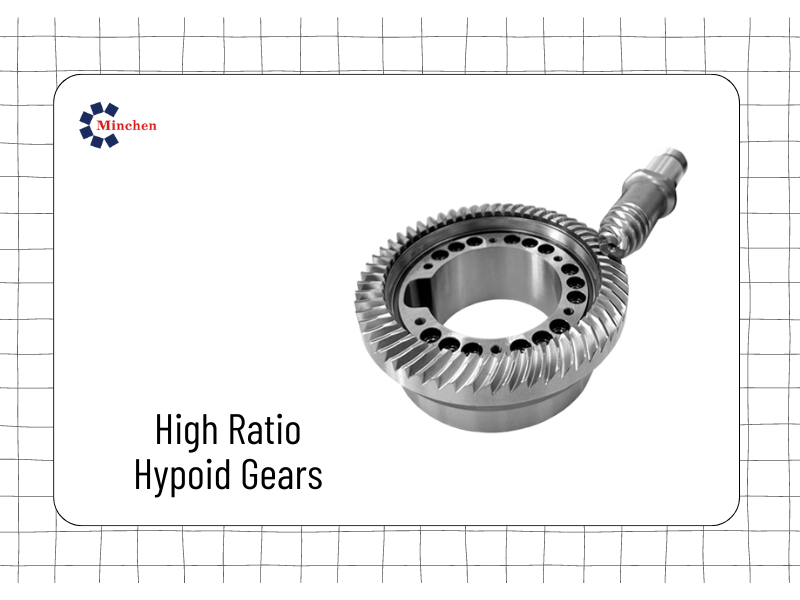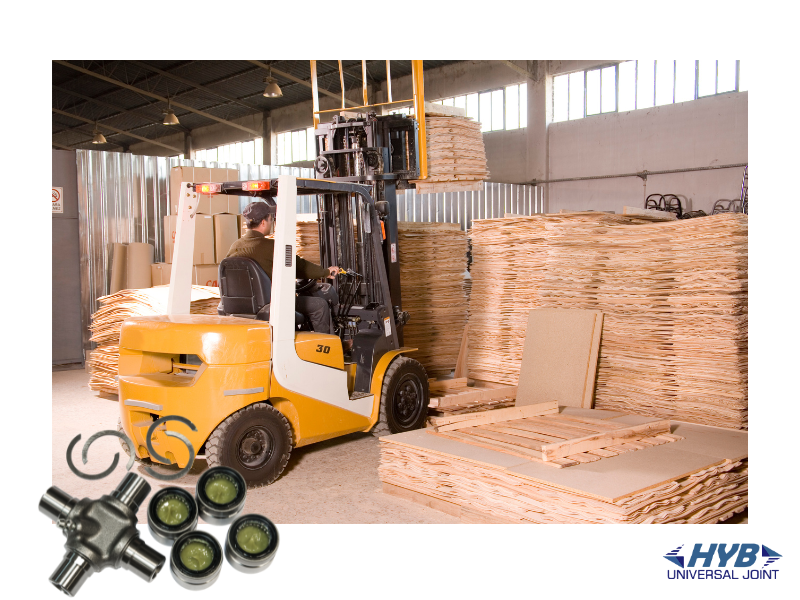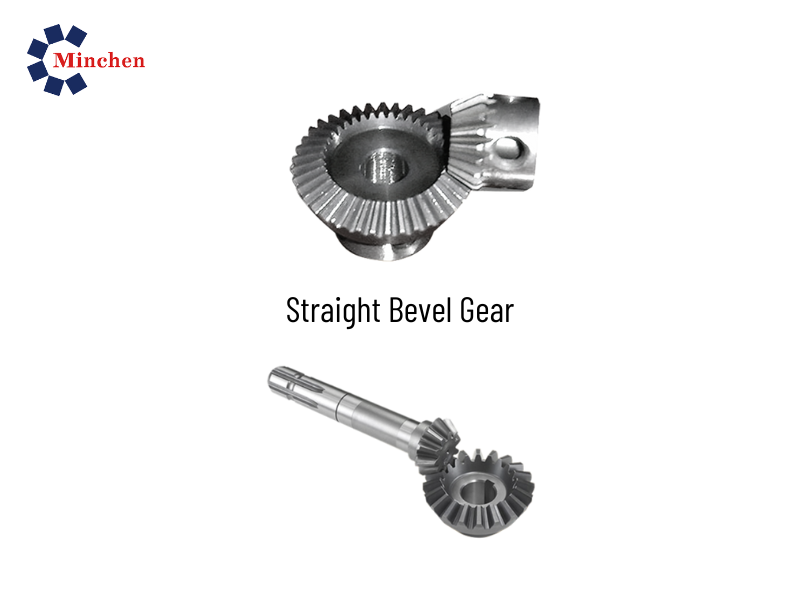Gantry Milling Machine: A Complete Overview of Its Structure and Operations
2022-09-06Mould & Die From:YIH KUAN ENT CO., LTD.
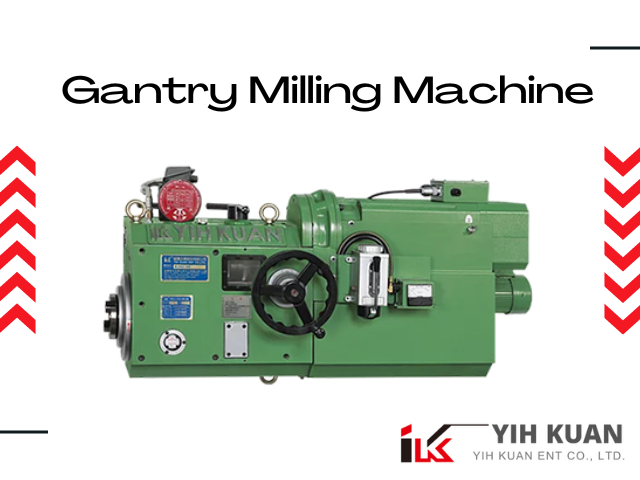
In 1884, the gantry milling machine was first developed. The emergence of semi-automatic milling machines began in the 1920s. The workbench utilized the stoppers to carry out fast-feed or feed-fast conversion automatically.
A gantry milling machine stands out among machine tools thanks to its double-column design. This equipment is especially effective due to the gantry's quick movement. This article will discuss its fundamental structure, capabilities, and uses. We shall also discuss how the gantry mill differs from its double-column relatives.
What is a Gantry Milling Machine?
A milling machine with a horizontal long bed and a gantry frame is referred to as a gantry milling machine.
Numerous cutters can be used at once to process the surface on the gantry milling machine. Processing precision and production effectiveness are both fairly high. It is also appropriate for large work pieces with flat and beveled surfaces in batch and mass manufacturing.
A gantry milling machine may also work with some unique components and surfaces. Gantry milling machines currently come in several variations that are ideal for various work pieces.
Structure of a Gantry Milling Machine
The gantry mill's structure is rather straightforward. It comprises the worktable and the gantry router, together with two support columns. The worktable makes it possible to install work-holding apparatuses like jaw chucks, vises, etc. The location of the machining spindle is the gantry router.
The spindle is moved and operated by the gantry's power system, which is generally a motor. The gantry (Y-axis) and the longitudinal axis (X-axis) of the worktable are both free to move, as is the spindle. A typical gantry mill, therefore, includes two or more machining axes.
The gantry milling machine table is attached to the bed via fasteners, and the bed has an X-axis guide rail.
The top of the workstation has a gantry structure. A gantry carriage is also a part of the gantry, and it is secured to the X-axis rail. The gantry is where the Z-axis guide rail is installed. A Z-axis carriage is included with a beam. The Z-axis carriage movably clamps the beam to the Z-axis guide. On the beam is also placed a Y-axis guide rail.
The gantry structure is subjected to three-dimensional space milling processing of X, Y, and Z under the management of the numerical control system thanks to the placement of the milling tool of the gantry milling machine on the Y-axis guide rail.
Multi-axis Capability of Gantry Milling Machine
A gantry machine in the current era has more than two axes. The ability of a machine to make intricate cuts on a work piece increases with the number of axes it possesses. A gantry machine only has one spindle and the axes are solely supplied by the router, contrasting vertical or horizontal machining centers that use many spindles to provide multi-axis machining.
The spindle's rotation around the vertical axis creates the third axis most frequently. It enables the cutting tool to pinpoint a location more quickly. The swinging head design enables the fourth axis. For cutting the sides of the work piece, the spindle can swivel up to 90 degrees. A tilting rotary table can also achieve these two axes. The rotational axis is referred to as the fifth axis when the spindle swings.
Quick Change Tooling System of Modern Gantry Milling Machine
A modern gantry mill's strength comes from its ability to freely machine at different angles as well as from the attachments that increase its productivity. The quick-change tool system is essential equipment.
Quick-change tooling is the technical term for a quick-change tool system. It alludes to an automatic modular system that enables quick tool changes on machines. The machine can transition between operations with the least amount of time loss, which is useful. As we all know that reduced machine downtime suggests increased productivity.
What is the Difference Between Gantry and Bridge-type Milling Machines?
The structure of the bridge-type milling machine and the gantry milling machine is fairly similar. These machines have a frame-like look that is reminiscent of a door thanks to the overhead gantry and the bridge, which have support columns on both sides. They differ significantly in how much X-axis movement they permit.
The gantry and the columns make up the full gantry construction, which is set on side rails and completely mobile. On the other hand, the worktable travels along the guides while the bridge is fixed.
Operations of a Gantry Milling Machine
A gantry milling machine is capable of performing a variety of tasks, such as milling, facing, boring, drilling, tapping, and reaming. This does not distinguish a gantry machine from a typical milling machine.
Nevertheless, gantry mills enable the cutting of larger, longer, and heavier work pieces due to the bed size. They frequently machine objects with dimensions measured in meters, including length, width, and weight. Since producing large-scale dies and molds is essential for the aerospace/aviation, automotive, and military/defense industries, this characteristic is advantageous.
Conclusion
The gantry milling machine is sufficiently robust, highly effective, simple to operate, and performs across the board. The specific performance qualities depend greatly on the technology utilized and vary depending on the kind, model, and producer.
YIH KUAN is committed to delivering to all of its clients' needs. If you have unique work pieces that need to be treated, we, as a reputable machine tool maker, will clear up any confusion and create unique solutions just for you. Connect with us today.
